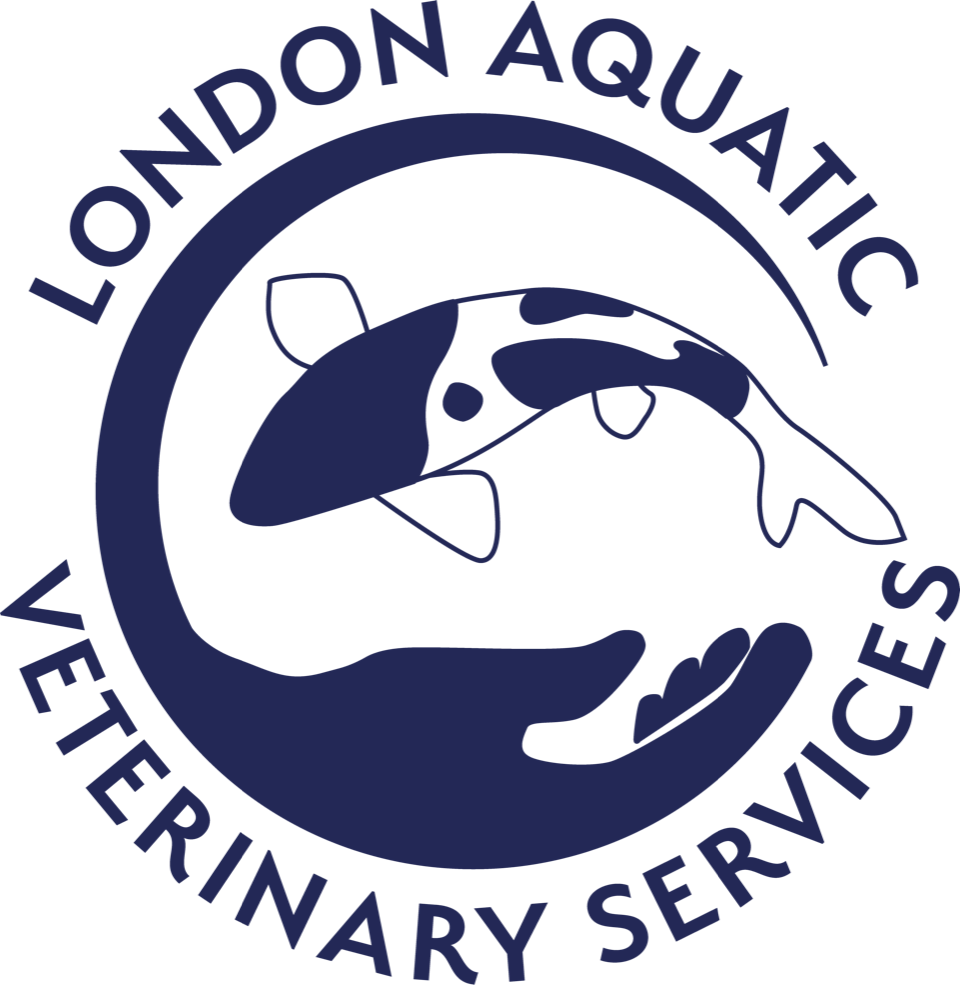Nitrates in the UK, particularly in and around the London area, can be tricky to manage in household aquariums as the concentration in tap water can be up to 50mg/l. For most this means you’re instantly on the back foot as when performing routine water changes as you’ll be adding to the problem.
Introducing new fish to your aquarium is an enjoyable activity and provides some of the best bits of fish keeping. Unfortunately, no matter how reputable the source of the new fish is, introducing new fish will always come with a risk. Thankfully there are several ways you can reduce the risk of this happening.
Why does New Tank Syndrome happen? NTS happens when there is a problem with the ‘Biofilter’ but NTS is not isolated to newly setup tanks. NTS can happen at any time if the biofilter isn’t cared for appropriately. Some of the most common reasons for biofilter failure are listed below…
Below is a list of steps to take at home when you notice water quality spikes in ammonia and nitrite. Not only can spikes in ammonia and nitrite kill fish rapidly but when moderate levels go undetected for extended periods of time, then chronic exposure will open your fish up to disease such as ulcers or parasite infections. Quick action is imperative to ensure your fish stay healthy and disease free.
Every tank and aquarium will have slightly different maintenance requirements based on the number of fish in the aquarium and the quality of the filtration systems present.
1: Calculate the exact volume of your Aquarium.
Remember to take filtration and space occupied by décor into account.
1: Water changes.
Start with 20-30% initially, repeat daily (between 10-20%) until values have dropped. Do not change 100% of the water in one go!
General health checks are consultations for ponds and aquariums with fish that are free from obvious disease. These consults aim to ‘check in’ on the health of the fish at regular intervals to provide stability in fish health year round.








